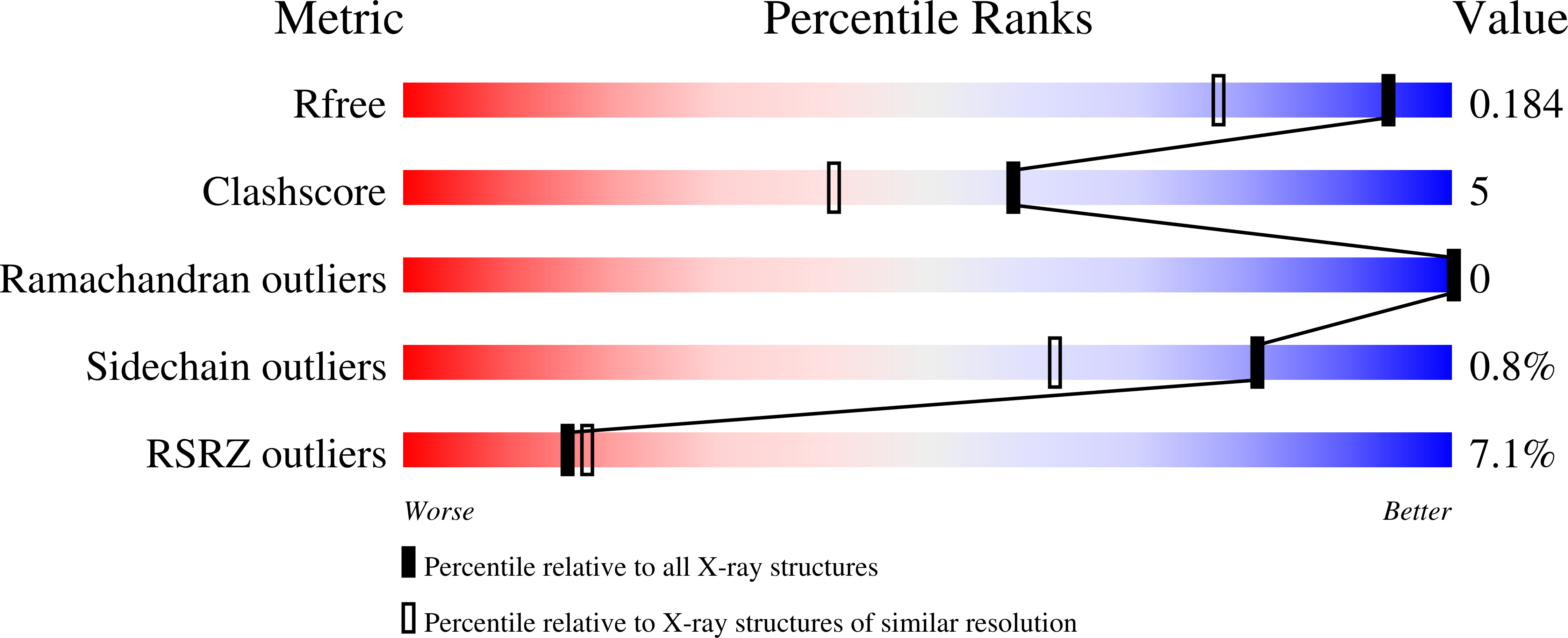
Deposition Date
2020-02-09
Release Date
2020-08-26
Last Version Date
2024-10-30
Entry Detail
PDB ID:
6VRR
Keywords:
Title:
Crystal structure of a disease mutant of the Voltage-gated Sodium Channel Beta 2 subunit extracellular domain
Biological Source:
Source Organism:
Homo sapiens (Taxon ID: 9606)
Host Organism:
Method Details:
Experimental Method:
Resolution:
1.45 Å
R-Value Free:
0.18
R-Value Work:
0.14
R-Value Observed:
0.15
Space Group:
P 21 21 21


